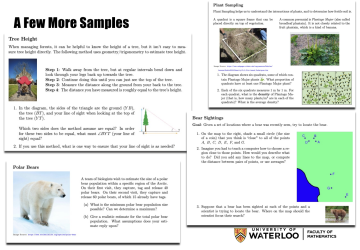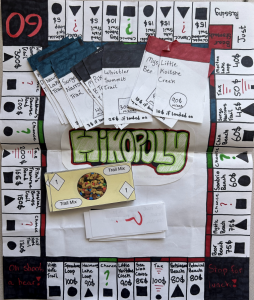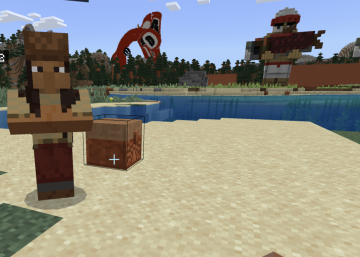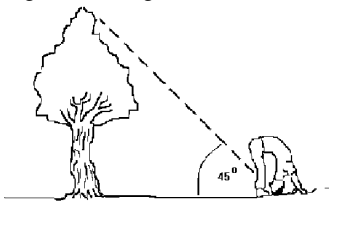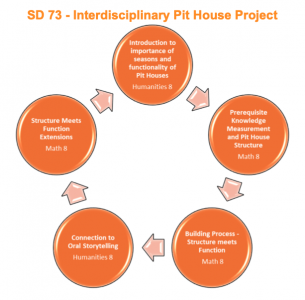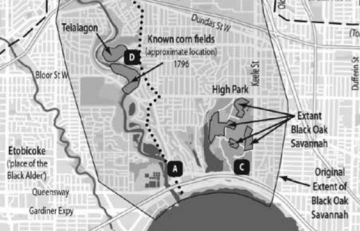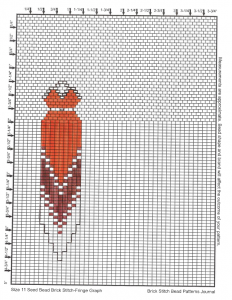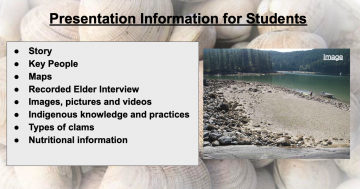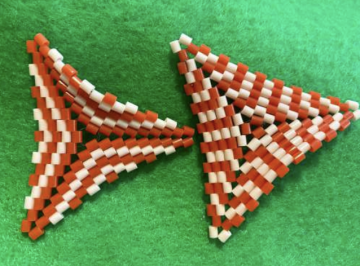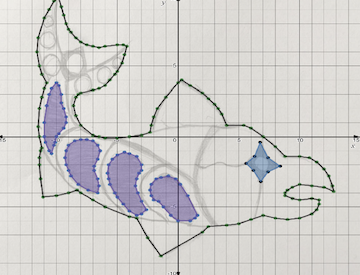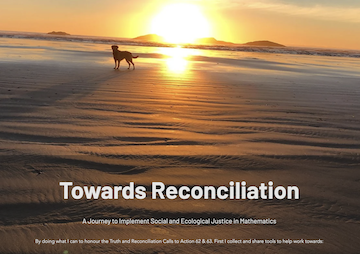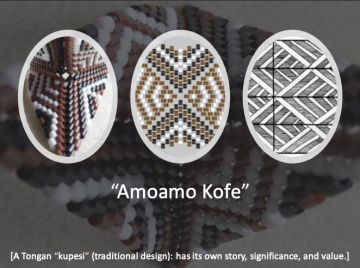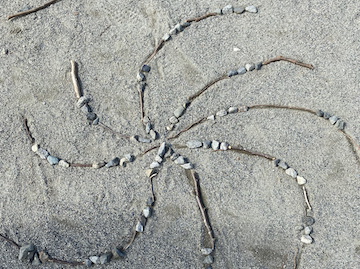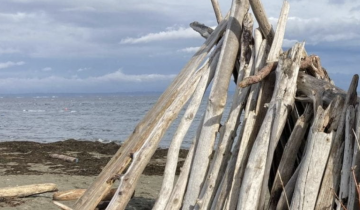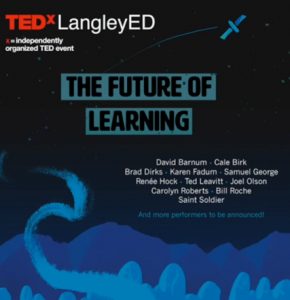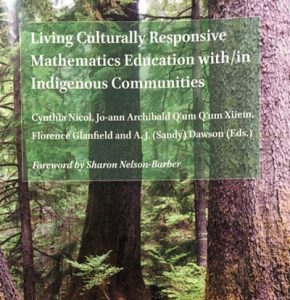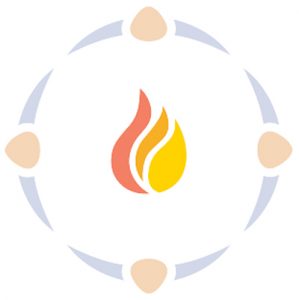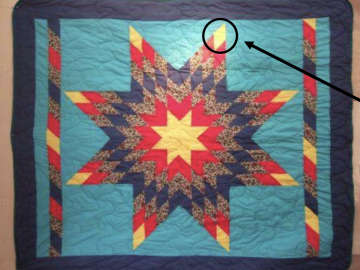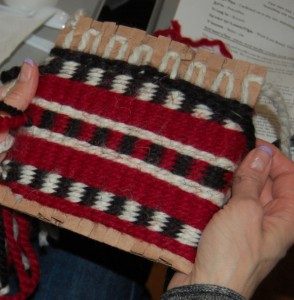Indigenous Stories for Classroom Use
This document provides a list of Indigenous stories that can be used in classrooms and will continue to be updated with new titles to support meaningful connections between Indigenous stories and mathematics.
Every Pattern Tells a Story
This NSF-funded research project engaged in story-sharing sessions with former students, friends, and community members to uncover the stories behind assignment contributions, enriching classroom learning and highlighting connections between algebra and Indigenous identity.
Champagne Raccoons
Grounded in Indigenous Storywork, this task draws on the story of champagne-coloured raccoons from Saysutshun, an island provincial park in the territory of the Snuneymuxw First Nation near Nanaimo. The story invites students to wonder, make connections, and explore mathematical ideas.
Circle of Learning – Indigenous Book Club
Chelcy and Monica led a project focused on the 4 R’s of Indigenous Storywork and BC math competencies. Their Circle of Learning Book Club explored Richard Wagamese’s The Animal People Choose a Leader through Zoom sessions and an in-person dinner gathering.
Celebrate Indigenous Math Culture
Johanne and Brandi organized a math mentorship day at a local high school, creating opportunities for students, teachers, and staff to engage with Indigenous math and logic games in a positive and meaningful way.
Indigenous Garden Project
This project merged math and Indigenous knowledge through a permaculture garden design. Students applied measurement concepts while exploring their land and culture.
Problems with a Purpose
The CEMC’s “Problems with Purpose” offers real-world math challenges, including Cree language puzzles, for grades 4-12.
A Fomly Adventure: A decolonizing redesign of Foundations of Mathematics 12
Conventional teaching methods like lectures and tests have been replaced with collaboration and personalization through projects around ecotourism, and traditional root gardens.
Indigenizing Minecraft through a Numeracy (STEAM) Lens
embark on a historical journey to a coastal village where students collaborate with Elders to learn sustainable winter preparation. Armed with this ancestral knowledge, students are tasked with designing their own thriving community
Estimating Tree Heights
Nikki demonstrates how ethnomathematics connects math to culture and everyday life. By incorporating Indigenous knowledge, she enhances student engagement and understanding. An included “Estimating Tree Height” activity brings learning outdoors.
Bridging Worlds – Bringing Math to the Powwow
This lesson uses Powwow data to teach mean, median, mode, and range through circle graphs. Students explore data collection and central tendency.
Pit House Project
In this hands-on project, students explore Secwepemc culture and learn how functionality affects the structure of a pit house.
MMIWG on Unit for 2D-3D, Review Graphs, and Finance
This resource features a five-day integrated lesson on Missing and Murdered Indigenous Women and Girls (MMIWG) from a mathematical perspective and social justice lens.
Clam Garden of the Coastal First Peoples: Sinusoidal Modelling
Allison Higinbotham’s lesson combines Indigenous knowledge and perspectives with mathematical inquiry to explore the history and ecological significance of clam gardens.
Math is All Around Us!
The authors in this resource demonstrate innovative ways to incorporate beading and cedar weaving into their algebra classrooms.
Beadwork + Mathwork
Allison Gardner’s resource integrates beading into grades 4-8 math through a First Peoples Principles of Learning lens. Using the Medicine Wheel as a starting point, students explore math concepts while learning about beadwork. The resource includes detailed lesson plans and references to relevant texts.
Desmos Art Project
This math lab uses Desmos to reinforce linear patterns, tables, and graphing. Students recreate art inspired by Kiki DesJarlais. A step-by-step guide and self-assessment are included.
Mathematics and Journeys Toward Reconciliation
This website was created by Sta’os’ta’on (Carol Bob) to share educational resources for K-12 educators to help implement the Truth and Reconciliations Calls to Action 62 and 63.
Exploring Math and Stories through Geometric Beading
Stan Manu’s presentation explores the convergence of beadwork, math, and Indigenous knowledge. A five-session project culminated in a community “hyper-blanket,” demonstrating the power of collaborative learning.
Indigenous Math Connections
David Sufrin explores the integration of Indigenous knowledge and mathematics in the BC curriculum. Through projects like Yupik kayak design and igloo building, he demonstrates how to connect cultural teachings with math learning.






